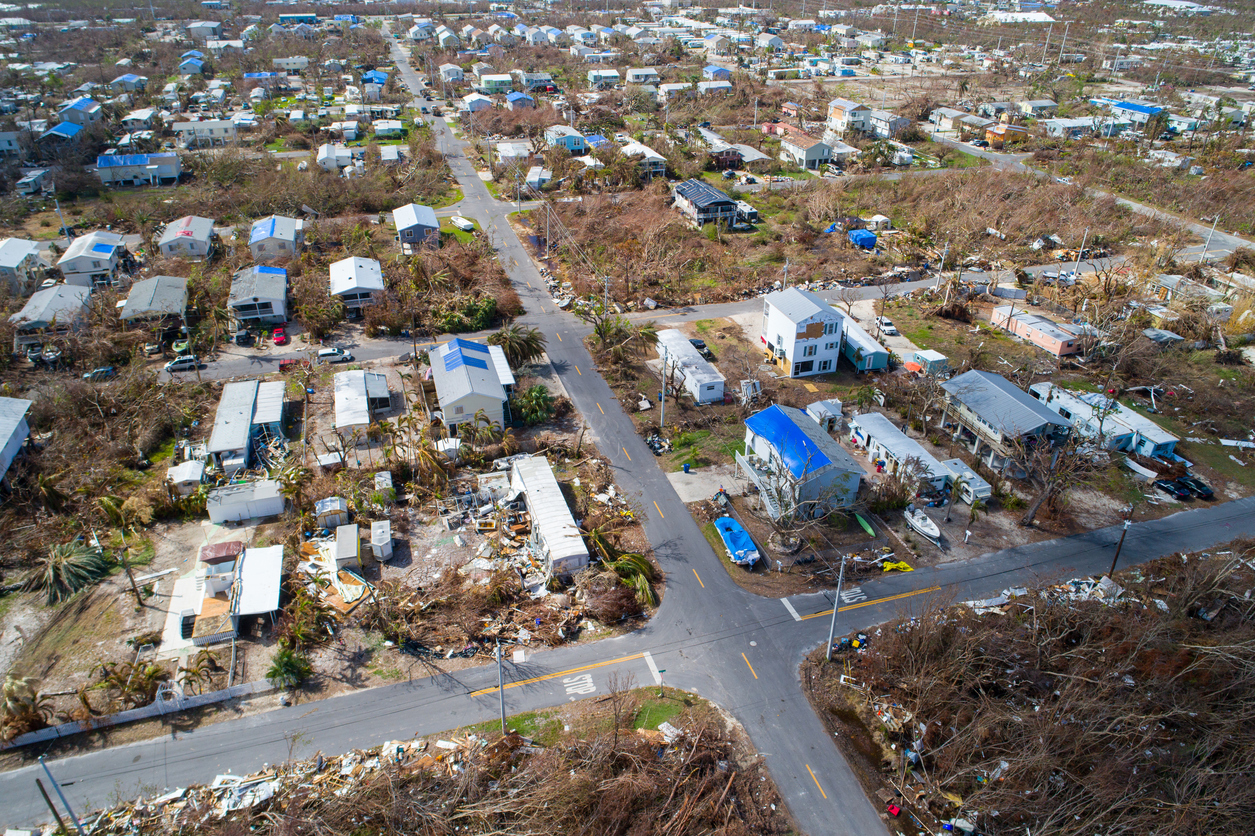Florida property owners have filed almost one million Irma claims since the storm stuck in September 2017, according to the Florida Office of Insurance Regulation. Just over 70,000 came from the six-county Tampa Bay area, including Citrus and Manatee. Of those, 55 percent were paid out and nearly 42 percent went unpaid, about the same as the state average.
Claims often go unpaid when the cost of damage doesn’t exceed the policy’s hurricane deductible. In other cases, adjusters determine the claim was not storm related or was not covered in the policy, which can include damage to landscaping.
Irma caused more than $50 billion in damage, about half of which was insured. Depending on who’s measuring, the total is the fifth- or sixth-highest in history.
Here’s the breakdown for our local counties:
| Claims | Paid | Unpaid | Pending | |
| Hillsborough | 20,641 | 11,052 | 8,661 | 928 |
| Pinellas | 25,826 | 14,379 | 10,530 | 917 |
| Pasco | 9,252 | 4,764 | 4,183 | 305 |
| Hernando | 2,982 | 1,482 | 1,419 | 81 |
| Citrus | 2,596 | 1,343 | 1,179 | 74 |
| Manatee | 8,888 | 5,190 | 3,396 | 302 |
Companies like Uber and Lyft have made life easier for many of us. They zip us to the airport or get us around when our cars need repairs.
For anyone thinking it could make financial sense to give up a car altogether and rely mostly on the ride-hailing companies, AAA says to pump the brakes.
For the average driver, who piles up 10,841 miles a year, it’s not cost-effective, the study found. Not even close.
Relying on ride-hailing to cover those miles would cost an average of $20,118 annually. It’s less in places like Dallas ($16,944) and Miami ($17,339), but even there the price tag exceeds the $7,321 it costs to own and operate a car each year, AAA found. (The study did not include Tampa Bay.)
Even including parking costs, ride hailing came second to owning a car.
"Whether you own a vehicle or not, ride-hailing services are a convenient transportation option," said John Nielson, AAA’s managing director of automotive engineering and repair. "However, with the average American city-dweller driving nearly 11,000 miles per year, a personal vehicle is still the more cost-effective choice."
It seems unlikely that many Tampa Bay residents who drive 10,000 miles a year would consider replacing their cars with ride-hailing. But just in case you’ve thought about it, hope might be out there.
A separate study from early this year said self-driving cars could drastically reduce the cost of ride-hailing services. By 2027, the study found, the cost of autonomous ride-sharing with Uber and Lyft could dip below what it costs to own a car.













